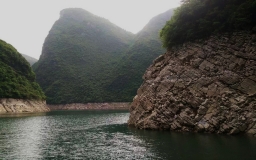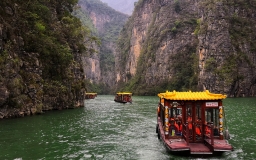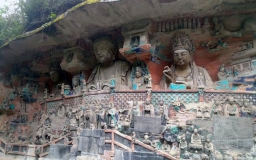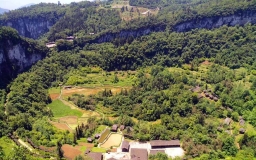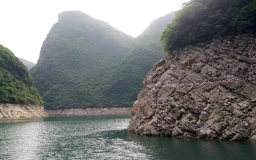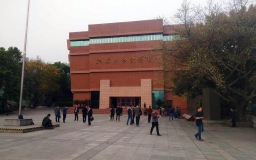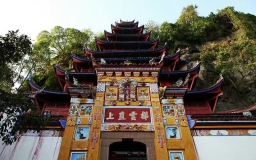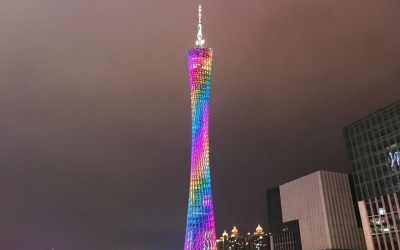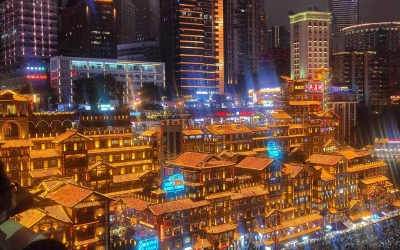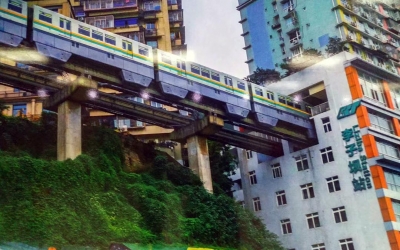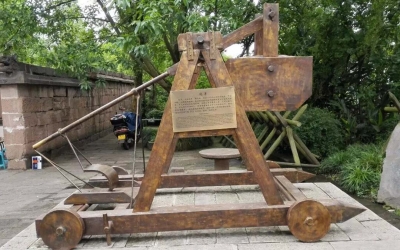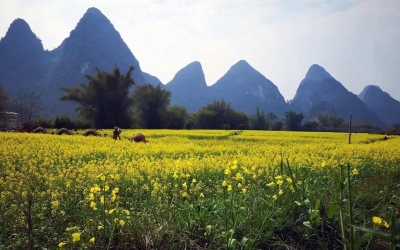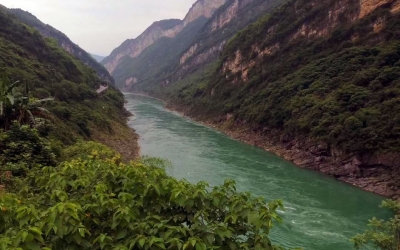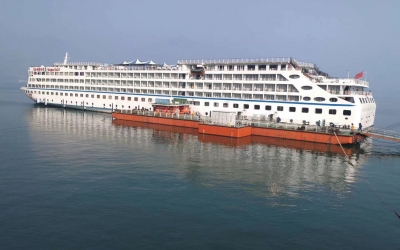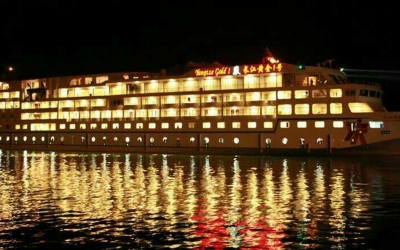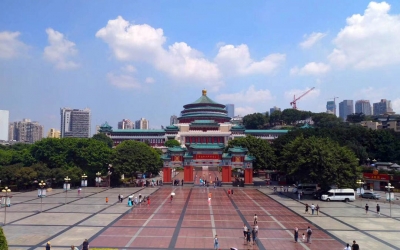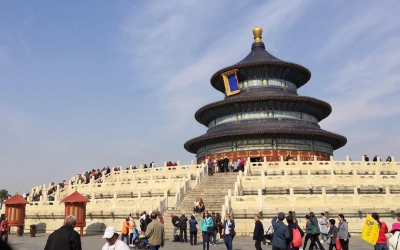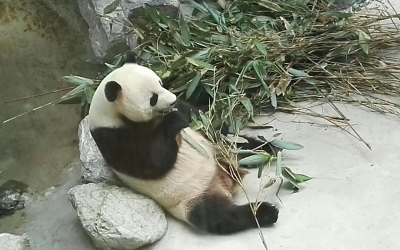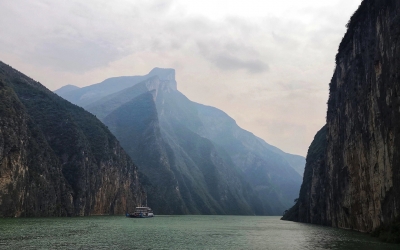Chongqing Travel Guide
Chongqing, 重庆 in Chinese, is located at the confluence of the Yangtze and Jialing Rivers in the southeastern part of the Sichuan Basin. Looking like peninsula, the city is surrounded by water on three sides. It covers a total area of 32, 000 square kilometers. In1996, Chongqing became the fourth municipality of China. Chongqing is on average 240 meters above sea level and is known as the mountain city. The highest temperature in summer is 40 ℃while the lowest in winter is 6 ℃. Annual precipitation is 1, 000 millimeters. Chongqing is one of the "three furnaces" of China. Clear skies only occur in summer. There is considerable fog between November and March. Chongqing is an interesting town for strolling and the food (spicy, Sichuanese style) is excellent.
With a history of over 3, 000 years, Chongqing was called "Ba" in ancient times and became a prefecture of Jiang late in the Han Dynasty (206 BC220 AD), and a prefecture of Yu during the Sui Dynasty (581-618 AD). Because the Jialing River was called Yu Shui (YuRiver), the city is called "Yu" for short today. It was called "Gong Zhou" duringthe Northern Song Dynasty (960 AD1127). In 1189 during the Southern Song Dynasty (1127-1279) when Zhao Dun was first made Prince of Guangzhou and ascended the throne, he renamed the City "Chongqing" meaning double celebrations. During the Qing Dynasty a10-meter-high and 7-kilometer-longwall was built around the city. Chongqing was one of the treaty ports open to foreigners. Foreign missionaries and teachers worked here before 1949. Innumerable books have been written in English about this area. In the late 1930s, during the Anti-Japanese War, the Kuomintang Government moved its capital here, and Han Suyin's book Destination Chungking reflects that period. Unfortunately, Japanese bombs destroyed much of the city and few ancient relics survived the war. Zhou Enlai (Chou En-lai) lived here as he tried to work with the Kuomintang against the foreign invader. The Americans (Stillwell, Hurley, Marshall, Wedmeyer) attempted unsuccessfully to get the Kuomintang to work with the Communist Party of China. Theodore H. White's In Search of History describes Chongqing in the 1940s. The Communist Party of China took over the city in November 1949.
Today, Chongqing is crowded and industrial. It has very few bicycles because of the winding and hilly roads. The houses, clinging to hillsides, are fascinating. It is now primarily a place of interest to students of modern history. It is also a place where you can organize a tour to the Dazu sculptures, or take a ship down the Yangtze River through the gorges.


